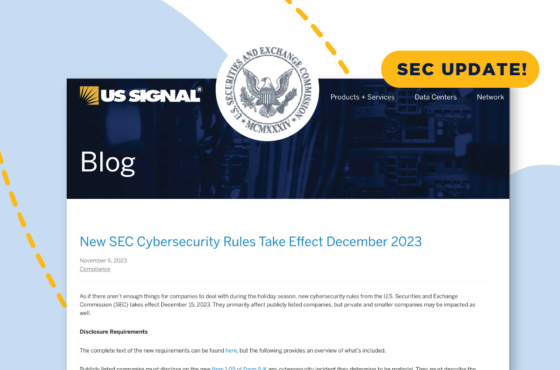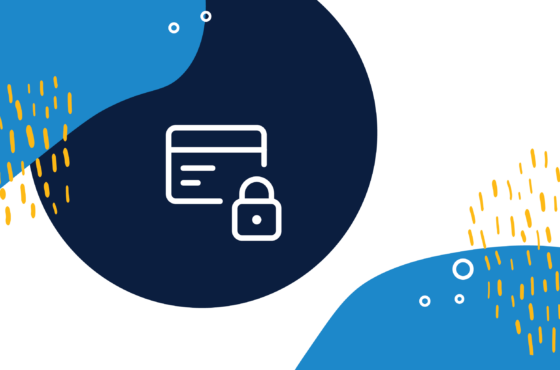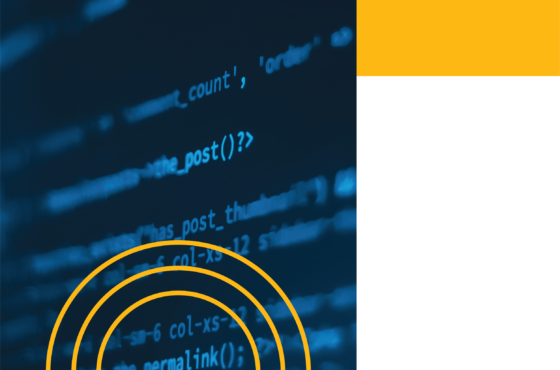
New SEC Cybersecurity Rules Take Effect December 2023
New SEC rules regarding cybersecurity incidences take effect December 15, 2023 and will affect all US publicly traded companies.
There won’t be parades or fireworks, but January 28 is a day worth celebrating. It’s Data Privacy Day, an international initiative to help educate and empower individuals and businesses to respect data privacy, safeguard data and enable trust.
US Signal is proud to join the National Cyber Security Alliance (NCSA), which officially leads the Data Privacy Day campaign, and organizations around the world in increasing awareness of data privacy issues and best practices. In this blog, we’ll discuss why data privacy is so important and various steps you can take to help protect your customers’ and employees’ data.
It is estimated that by 2020, the accumulated digital universe of data will grow to around 44 trillion gigabytes. That’s a lot of data being processed, analyzed and stored. Much of it is personally identifiable information (PII), a category of sensitive information that is associated with a person, such as an employee, student, patient or donor.
If it is stolen or altered in any way, it can spell disaster for the individual affected ─ financial devastation, ruined reputation and more. The businesses responsible for protecting that data are also at risk, including massive fines for noncompliance with the many regulatory requirements and industry standards governing data privacy.
You can never do too much to protect your customers’ and employees’ data. Here are a few data privacy best practices to consider:
Despite all the advanced technologies in place for protecting data, your employees are your most important asset in ensuring data security and privacy. Train them in data security and privacy protocols. Reinforce their training continually.
Emphasize the role they can play in combatting malware and social engineering attacks. Make sure they understand the risks and ramifications of data breaches, and know how to prevent them.
Build a security culture in which everyone understands the critical value of your data and the need for its protection. Don't restrict your company's focus on data privacy to a single day each January. Make data privacy a year-round priority.
For more information on data security and privacy, take advantage of the free resources below from US Signal. Or talk to a US Signal expert. Call 866.2. SIGNAL or email [email protected]
Ransomware Q&A
Data Protection 101
10 Tips to Combat Ransomware
Ransomware: Enemy at the Gate

New SEC rules regarding cybersecurity incidences take effect December 15, 2023 and will affect all US publicly traded companies.

Released March 31, 2022, PCI DSS v4.0 contains significant changes including increased focus on risk analysis, which may open organizations up to legal risks.

A key step in data management is developing a data retention policy that specifies what to keep and for how long, and what to delete. Learn how to get started.